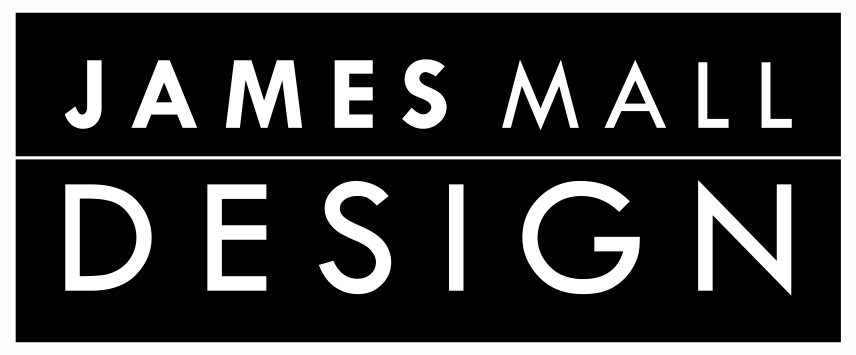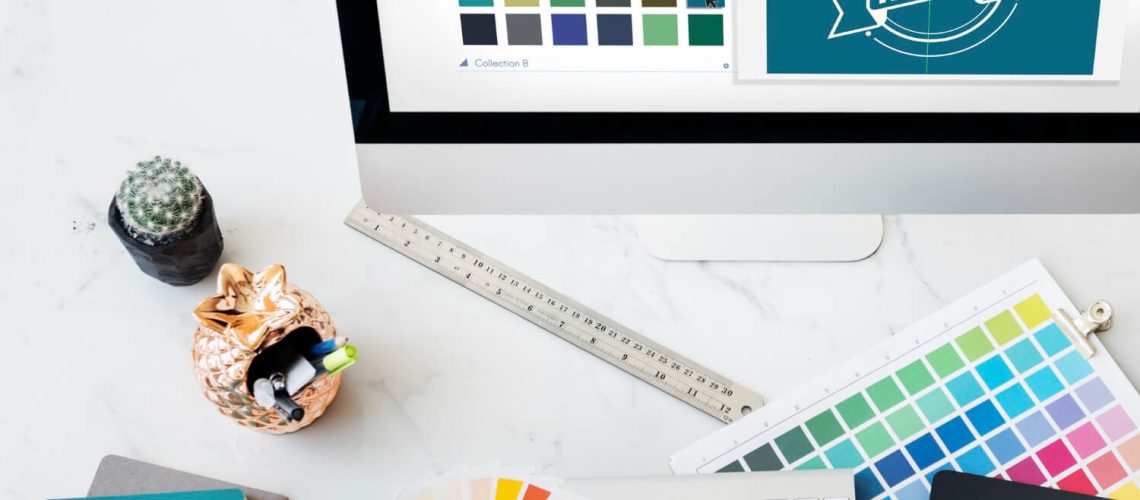Crafting a logo is a journey filled with creative possibilities, yet it can also be daunting without proper planning. It’s not merely about selecting fonts, colours, and imagery; it’s about encapsulating your brand’s essence in a single emblem. Understanding the significance of a logo is paramount—it’s not just an expense but an investment in your brand’s identity and perception.
Your logo serves as the face of your business, often making the crucial first impression on potential clients. Just as you wouldn’t compromise on essential aspects of your business, such as insurance or office space, cutting corners on your logo can have lasting repercussions. Remember the age-old adage: “You get what you pay for.”
Despite its apparent simplicity, logo design is a nuanced craft. It’s about more than aesthetics—it’s about creating a memorable, timeless, and versatile symbol that resonates with your audience. Here’s a checklist to guide you through the logo design process:
1. Memorable, Simple, Versatile, Appropriate, and Timeless:
Your logo should embody these qualities to leave a lasting impression and remain relevant over time.
2. Purpose and Usage:
Define the intended use of your logo—whether it’s for print, web, or other mediums—to ensure it translates effectively across various platforms.
3. Imagery Preferences:
Communicate any specific imagery ideas you have for your logo. Providing rough sketches can aid designers in realizing your vision accurately.
4. Colour Preferences and Brand Identity:
Choose colours thoughtfully, as they will become integral to your brand identity. Consistency in colour usage fosters brand recognition and cohesion across all touchpoints.
5. Typography Selection:
Selecting the right typography is crucial, as it will represent your brand across all marketing materials. Consider factors such as readability, style, and alignment with your brand’s personality.
6. Usage Context:
Anticipate where your logo will be used to ensure its scalability and legibility across different mediums, from business cards to billboards.
7. Inspirations and Preferences:
Share examples of logos you admire with your designer, highlighting elements that resonate with your brand’s aesthetic and values.
Remember, there’s no one-size-fits-all approach to logo design. It’s a collaborative process between you and your designer, guided by thorough communication and a shared vision. Here’s a glimpse into the designer’s workflow:
1. Design Brief:
Understand the client’s requirements, brand identity, and target audience to establish a clear design direction.
2. Brainstorming and Sketching:
Generate multiple concepts through brainstorming sessions and translate ideas into rough sketches for exploration.
3. Digital Exploration:
Refine selected concepts digitally, experimenting with typography, colour schemes, and imagery to create polished logo drafts.
4. Feedback and Iteration:
Present initial logo options to the client for feedback, incorporating suggestions and revisions to refine the design further.
5. Finalisation:
Select the preferred logo design and make any final adjustments before delivering the completed logo package.
In conclusion, investing in a well-crafted logo is paramount for establishing a strong brand identity and making a memorable impression. By following this checklist and collaborating closely with your designer, you can create a logo that truly reflects the essence of your business and resonates with your audience.


